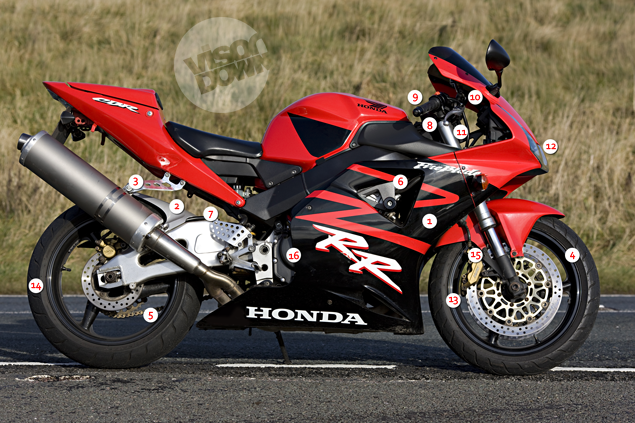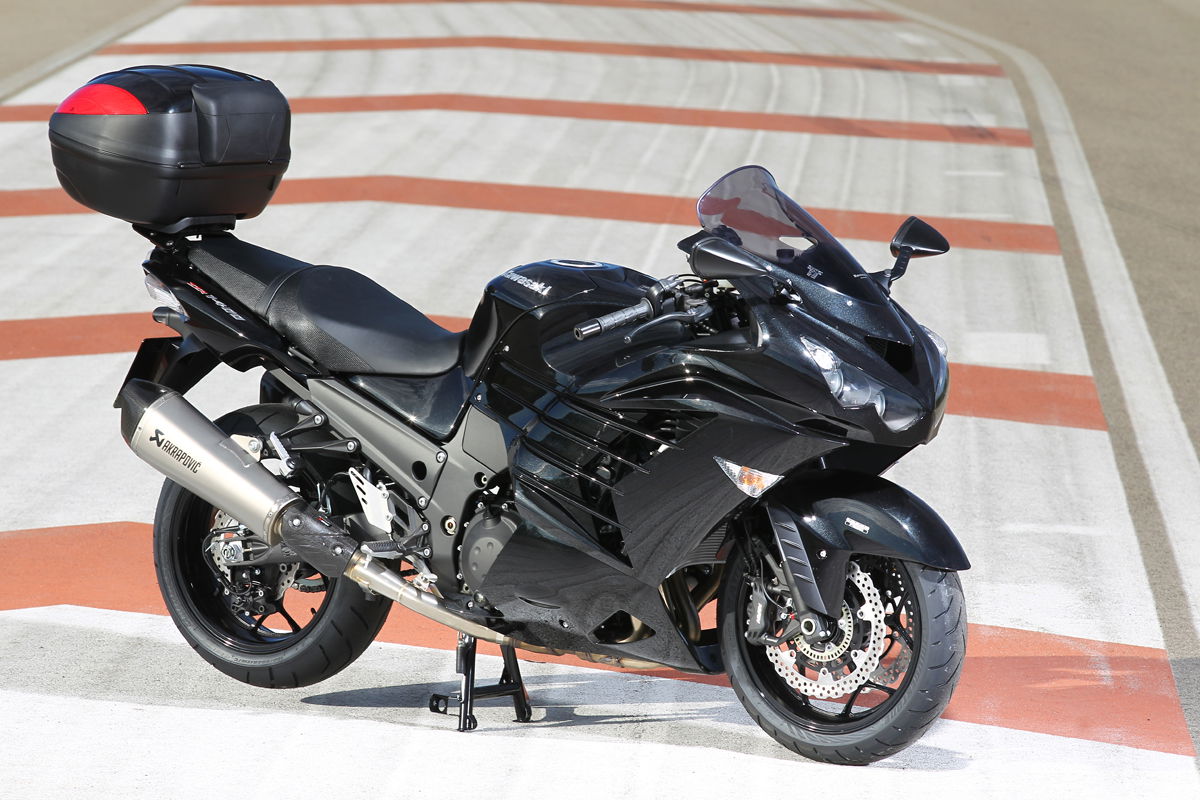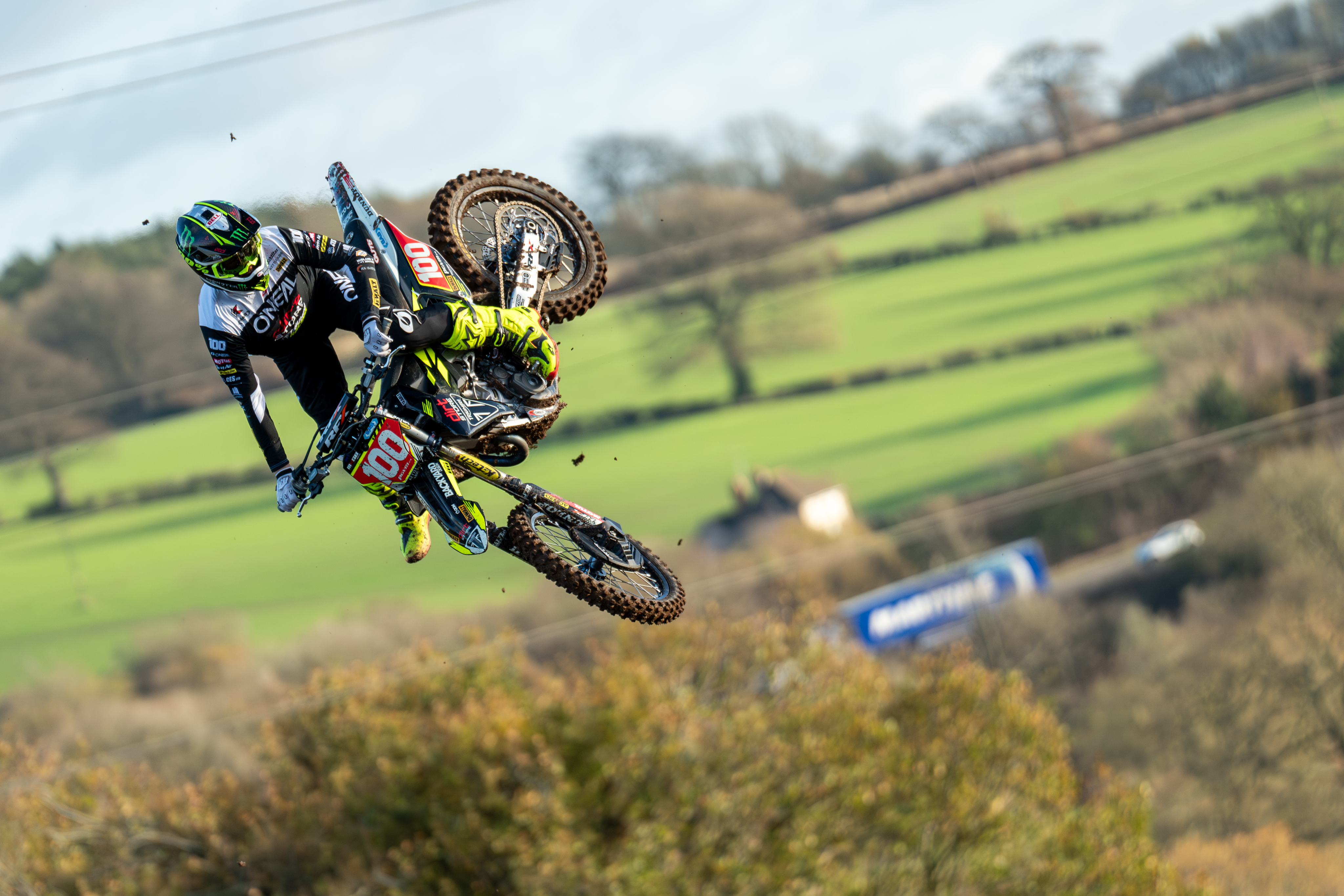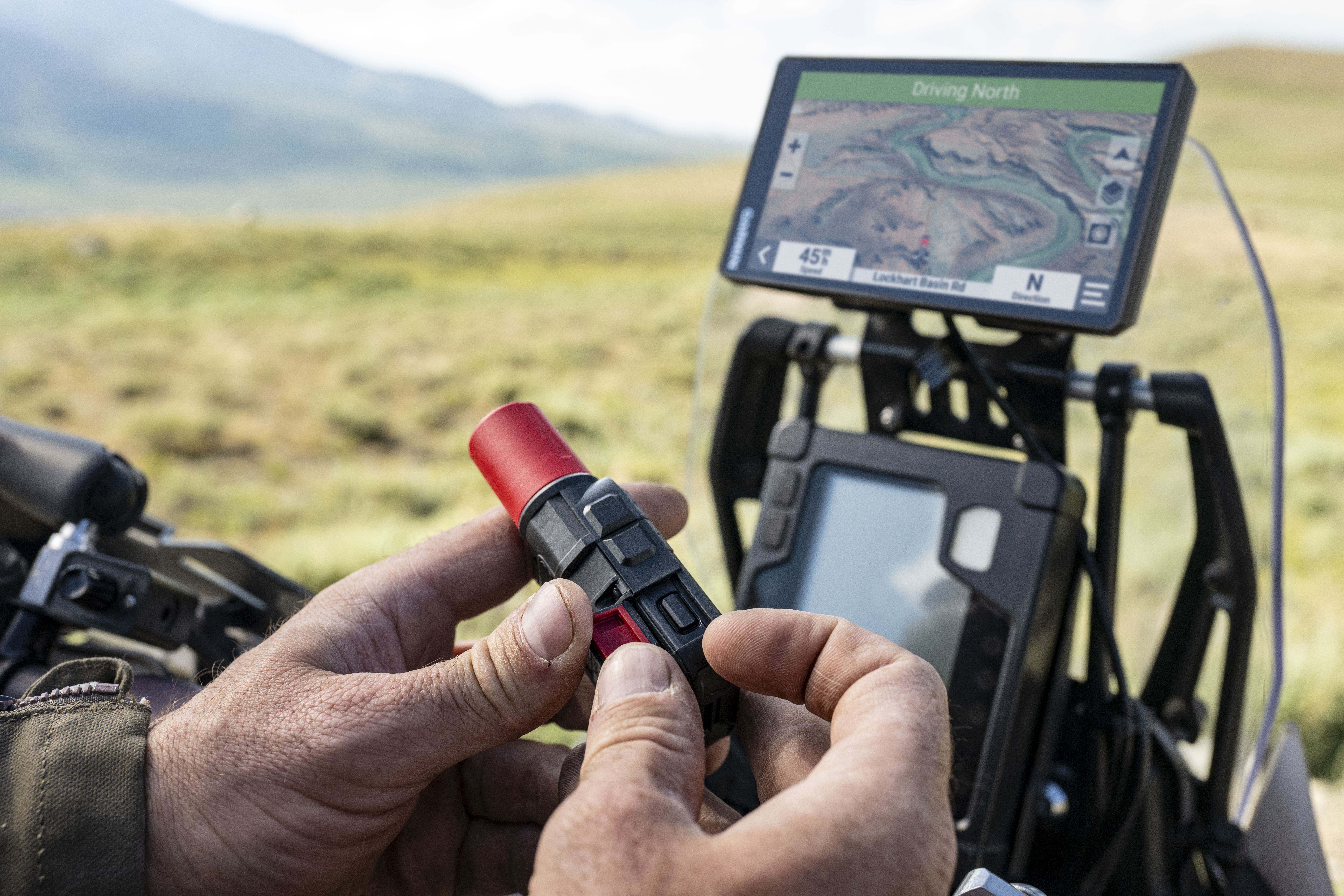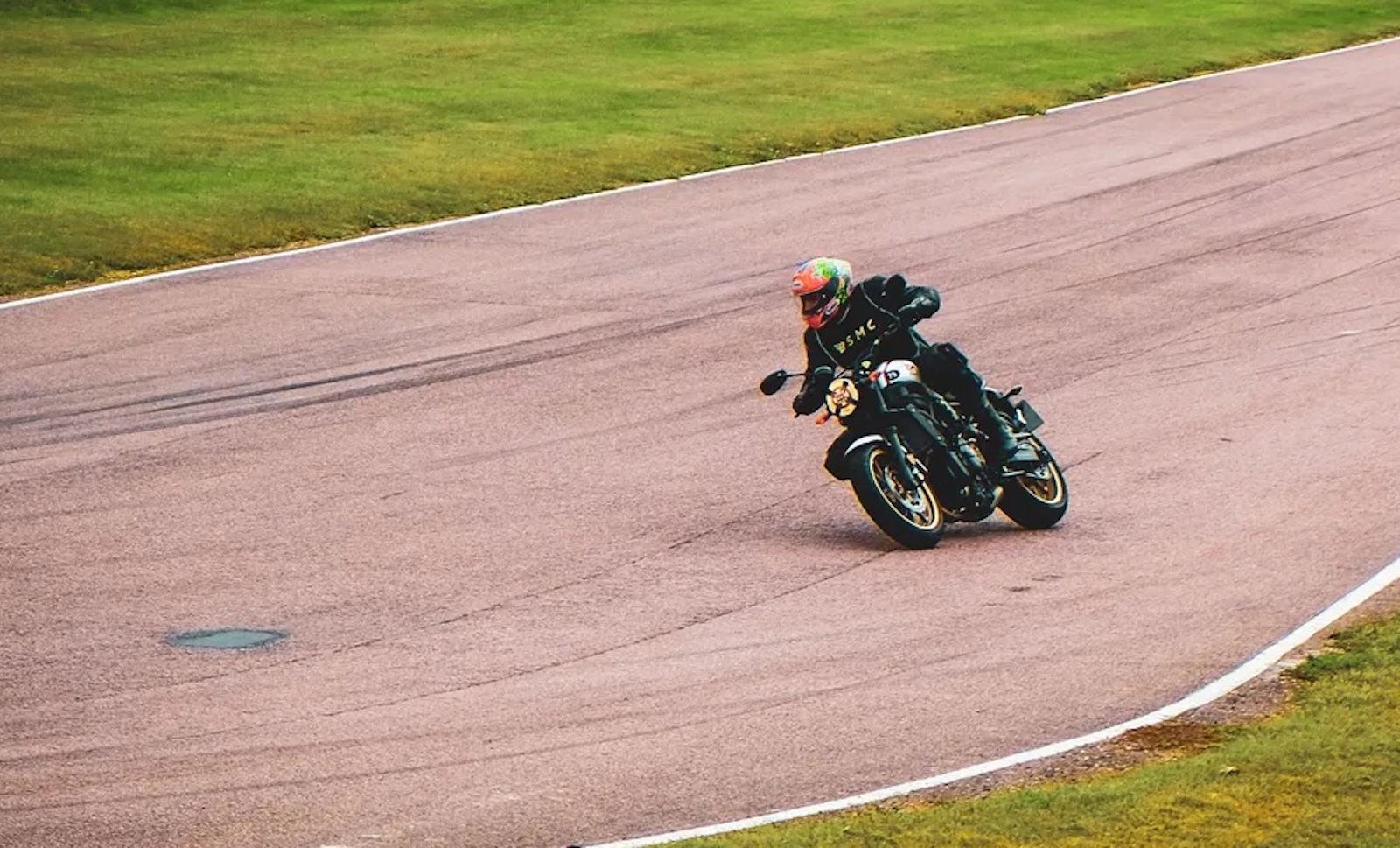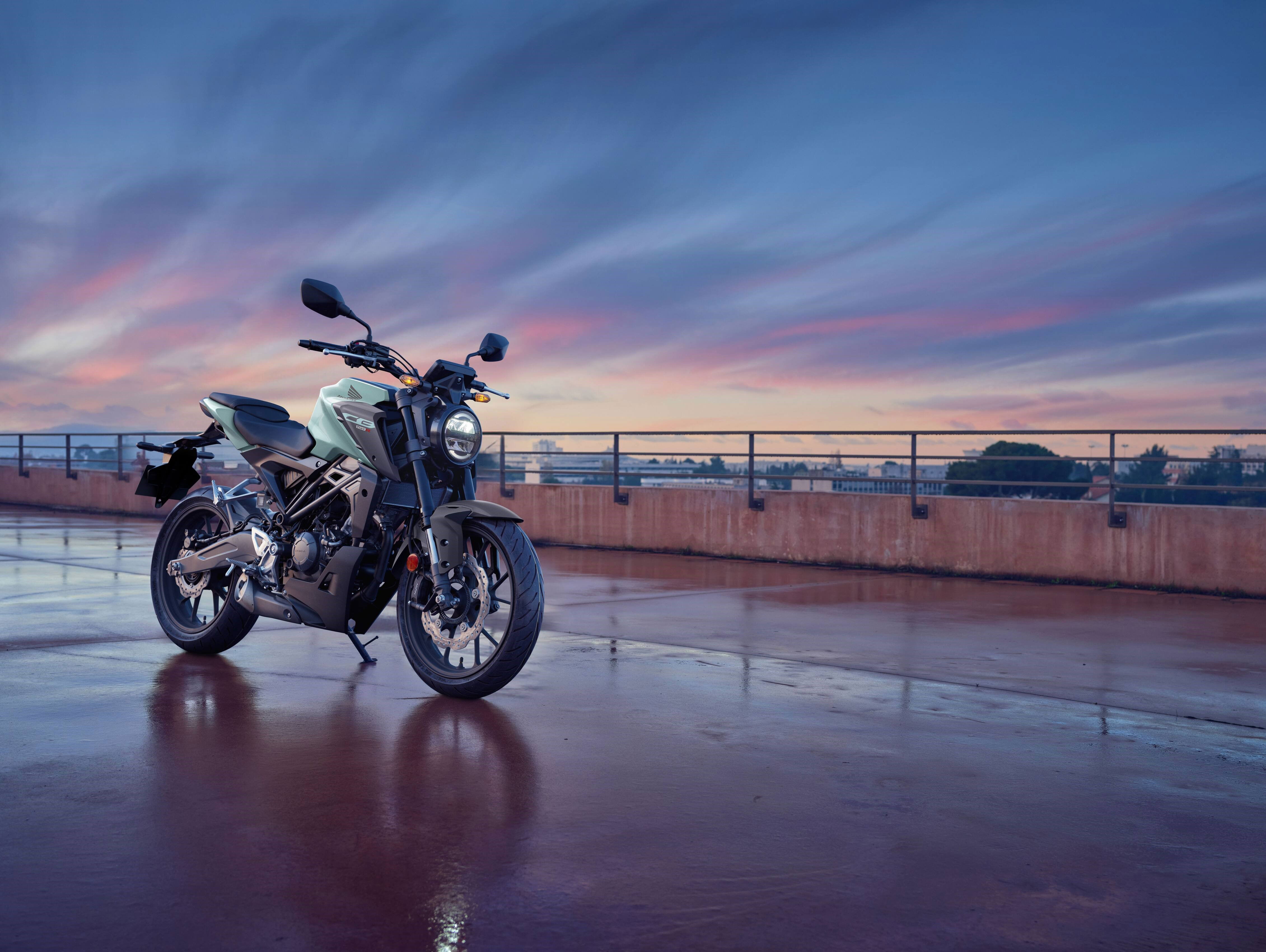How to go motorcycle touring
Never been touring before? Here are the basics

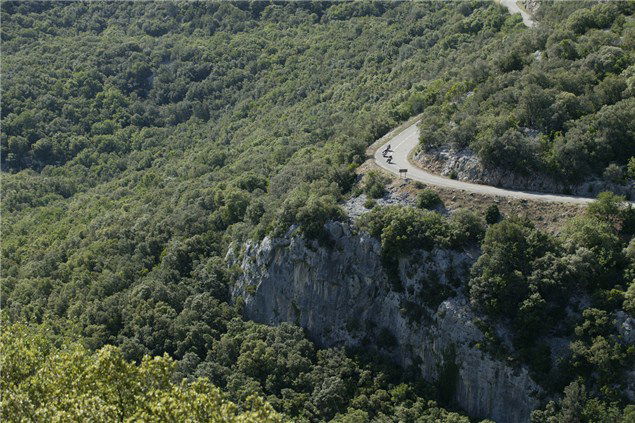
Riding abroad is a great big adventure, and is one of Visordown's biking must-dos. The nearest abroad we’ve got is France and, as luck would have it, it’s one of the best places in Europe to go and ride a bike. France has a disproportionate percentage of awesome roads, the weather, if not exclusively fantastic, is predictable, and the French love bikes. Many Brits have a Francophobic streak running deep, but put that aside: go to France on a bike and they’ll love you for it.
There’s more to Europe than France, but as a destination for the first time two-wheeled foreign explorer it’s the one we’d recommend.
Why go

Why go
Because you’d be a fool not to. You can invent destinations or events to head for – WSB or MotoGP races, weird gypsy festivals and salad throwing competitions – but the best reason we can think of is to simply ride your bike. If the idea of going abroad by bike in the first place is a daunting one, complicating matters with a scheduled itinerary may be even less appealing. Even if it’s just dipping a toe in the water with a weekend in Normandy, get over there, find ace roads, have a ball. You’ll wish you did it years ago.
What to take

What to take
Obviously you’ll want your passport, cash and credit card. The old E111 form has been replaced by the European Health Insurance Card (EHIC) card. Don’t go to Europe without one or you won’t get free health care if needed. If you don’t have one, stop reading this now and go to http://www.dh.gov.uk/travellers to apply online. Takes two minutes and it’s free.
Even if you’ve got GPS, a map or two won’t go amiss. Take a map covering the whole country you’re going to, plus a detailed map of the areas you’re heading for. Michelin’s Regional maps each cover large swathes of France, Italy, Spain or wherever and, at 1cm:3km, are detailed enough to show every road you could possibly want to ride on.
What else? Think worse case scenario and work backwards.
Take tools for basic maintenance and emergency repairs. OE toolkits are the minimum, but we’d swap the crappy standard kit for better quality tools. Make sure you’ve got enough on board to at least adjust a chain. Add a multi-tool, torch, pressure gauge and puncture repair kit. Cable ties, duct tape and chain lube are also handy, but can be bought from most motorway services en route.
A tie-down strap can be used as a tow rope in emergencies. Attach footrest to footrest or tie one end to a pillion footrest or grabrail and hold the other end in your left hand. If in doubt, let go.
If all that sounds like a lot, bear in mind the load can be split between mates if you’re travelling in a group. Don’t pack four sets of tools when one will do; two chains are enough to lock four bikes together… You get the idea.
What luggage type
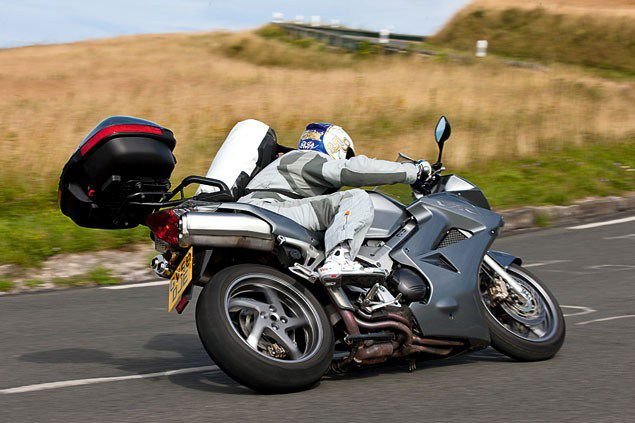
Suitcase or trunk?
First time long-haulers may not want to splash out on full hard luggage yet, but a surprising amount can be packed into a tailpack and tankbag, even a small, sports bike-friendly one. Some riders swear by tankbags, others at them, especially at speed and over distance. If in doubt, road test a fully loaded one on a motorway near home before heading away. At the least a tank-mounted map pocket is handy for route plans, toll tickets and loose change.
Use a piece of non-slip grip mat under tailpacks to protect paintwork and help keep them in place. With all soft luggage – tankbags, tailpacks and especially throwovers – always, always follow the manufacturer’s fitting instructions.
Some riders are happy with rucksacks, others aren’t. Many can be a pain if worn all day. If you ride a sports bike you can wear a rucksack and use a tailpack as you’re leant forward while on the move; if you’re sat more upright, the two may interfere and be very uncomfortable.
What to wear
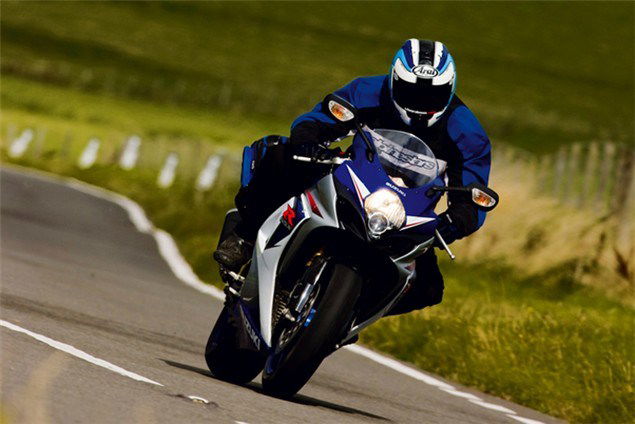
What to wear
Partly depends on what you’ve got to start with. A quality textile suit with removable lining and lots of pockets and vents covers most bases. If you prefer leathers, consider an undersuit for comfort, and take unlined waterproofs to go over the top. Two-piece waterproofs are more versatile – you can wear just the jacket – but a one piece keeps more water out.
Northern Europe may be chilly on the hands, but you’ll want unlined gloves in the sunny south. If you’re heading up into mountains things can get cold very quickly, so be prepared to wrap up.
Dark visor or clear? In sunny southern Europe dark is best, but you’ll need a clear one too. Heading south into the sun, put a strip of gaffa tape across the top of your visor as a sunshade. Take something to clean your visors. And pack plenty of spare earplugs.
Keep your mouth covered with a lightweight neck tube – it will prevent your mouth and lips drying out if you’re in the saddle all day. Lip balm is handy too.
After all that, are you going to want something to wear off the bike? A lightweight pair of trainers and tracksuit trousers can usually be squeezed in.
Cross a country

Crossing a country in a day
Other countries are big places, but huge distances can often be covered in short spaces of time should the need arise. If your destination is the Alps, the Riviera, the Pyrenees or beyond, then it may suit you to get big miles out of the way early to reach your favoured riding roads.
Covering five, six, even seven hundred miles in a day may sound like a big ask but it is possible. Even 1000 miles is within reach – we’ve managed it but wouldn’t recommend it. However, long distances require some planning, thought and discipline, especially if you’re not experienced in big mileage days.
First, know where you’re going and plan a route. GPS can do the work for you but many prefer a good old map. Techno-phobes would do well to write out a route plan and stick it on the tank or in a tankbag. Calais to Cannes is easy – get off the ferry and follow the signs for the A26 and Reims, then Lyon, Marseilles and Cannes – but other routes may be more complex. Hardcore mile-eaters can print out detailed routes akin to rally car pace notes, but the rest of us would probably be better off with something in between.
Second, manage fuel consumption. You’ll cover more distance by going slower, using less fuel and stopping less often. With a tank range of, say, 120 miles, a 700-mile day requires at least six stops. Each takes time and knocks your average speed, so don’t hang about when you fill up. The more people in your group the longer each fuel stop takes,
Have a plan, but not too much of a plan
Remember: the UK and Europe is yours for the taking, but while meandering all over the continent might sound like touring at its romantic best, if you don’t have some kind of end destination in mind, you risk missing all the best roads, sights and places to visit. A plan could be as simple as heading for MotoGP at Mugello, ending up in a city that you’ve always wanted visit, or riding on some awesome road. Once you’ve got a destination in mind, have an idea of when you need to be there, but let the rest work itself out and take the detour to ride the twisting coastal road, stop for coffee in the beautiful Italian village and enjoy the journey because, as cliché as it sounds - touring is all about the journey.
Be realistic with how far you can ride each day
YOUR TRIP will quickly become arduous if it’s a series of back-to-back 12-hour days. You don’t need to do mega miles each day, and if you’re taking a scenic route, a relaxed morning’s riding on a back road could be just the thing to put the previous day’s motorway slog well behind you.
- A version of this article was first published in 2012.
